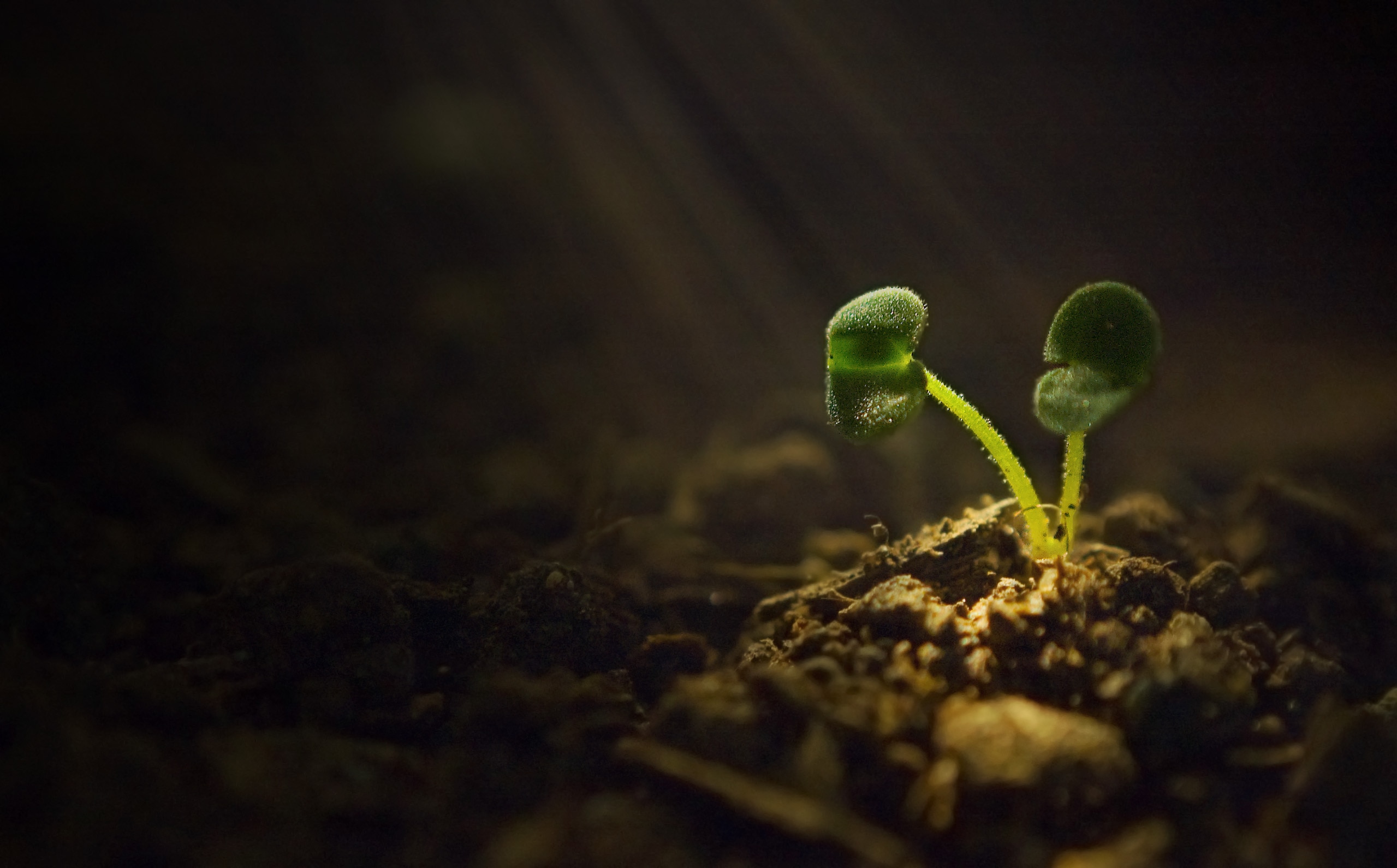Create a free profile to get unlimited access to exclusive videos, sweepstakes, and more!
Artificial photosynthesis could let hybrid plants make food without sunlight
These super plants have never seen the Sun.

In the science fiction film Pitch Black (now streaming on Peacock!), interplanetary travelers encounter a world inhabited by creatures who spend their entire lives in the dark. While there are certainly organisms which live and die having never seen the Sun, that’s far from the norm. Our entire food web, with a few exceptions — like hydrothermal vents — is built on a foundation of sunlight.
Plants take in sunlight to power the conversion of water, carbon dioxide, and minerals into oxygen and sugars. Herbivores then eat those plants, turning them into more complex proteins and fats. Carnivores eat those materials and turn them into more of the same, and so on. Eventually, they die, and their constituent parts are broken down into minerals which then play a part in the growth of more plants, and the cycle continues. But it all starts with sunlight.
Despite the ubiquity and success of plants all over the surface of the Earth, they’re actually pretty inefficient at converting sunlight into energy. On average, plants only capture about 1% of the sunlight they’re exposed to and convert it into energy for growth. Evolution is, after all, only as efficient as necessary for survival. One consequence of this inefficiency is that crop plants need more land than is theoretically necessary to grow. If they were better at capturing the sunlight that hits them, they could hypothetically be grown on a smaller solar footprint.
Scientists from the University of California, Riverside, and collaborators, set out to find out if they could make that happen by bypassing natural photosynthesis altogether and instead feeding plants on synthetically derived acetate. Their findings were published in the journal Nature Food.
To test their idea, they placed a number of different food crops, including algae, yeast, and a mushroom-bearing fungus, in the dark, withholding any exposure to sunlight. Normally, that would be a recipe for death, but plants don’t actually need sunlight to live and grow. They only need the biproducts which sunlight helps to facilitate.
Using a two-step electrolyzer with silver and copper catalysts in solution, scientists succeeded in reducing CO2 to acetate. The first step of the electrolyzer turned CO2 into CO. The second step turned it into acetate, either in the form of sodium or potassium acetate.
The whole system was powered by solar panels, which means that sunlight was of course still used, but at much higher efficiency and without any direct exposure of the plants to light. The acetate was then fed to the plants in the hopes that they might grow. Not only did they grow, but they grew at rates not seen with natural photosynthesis. Algae grown using this method was about four times more efficient than normal while yeast grew at roughly 18 times the normal rate.
The team submitted their food growing method to NASA’s Deep Space Food Challenge — a contest which looks for novel ways to grow food for future space missions — and it was a Phase I winner. Using electricity, whether captured from the Sun or through other sources, to synthesize acetate and grow food without direct exposure to light has some obvious implications for the future of space travel, but it also has applications here at home.
Because food crops grown this way require no direct exposure to light and are more efficient, foods could be grown in areas which are typically unsuitable for agriculture. Moreover, they could be grown with a lower impact on land resources, reducing the anthropogenic cost of food production as our population grows and the consequences of climate change continue.
It also provides some hope for our continued survival when and if some catastrophic event forces humanity to flee underground for our survival. At least our dark subterranean cities will have algae chips. Delicious.


























